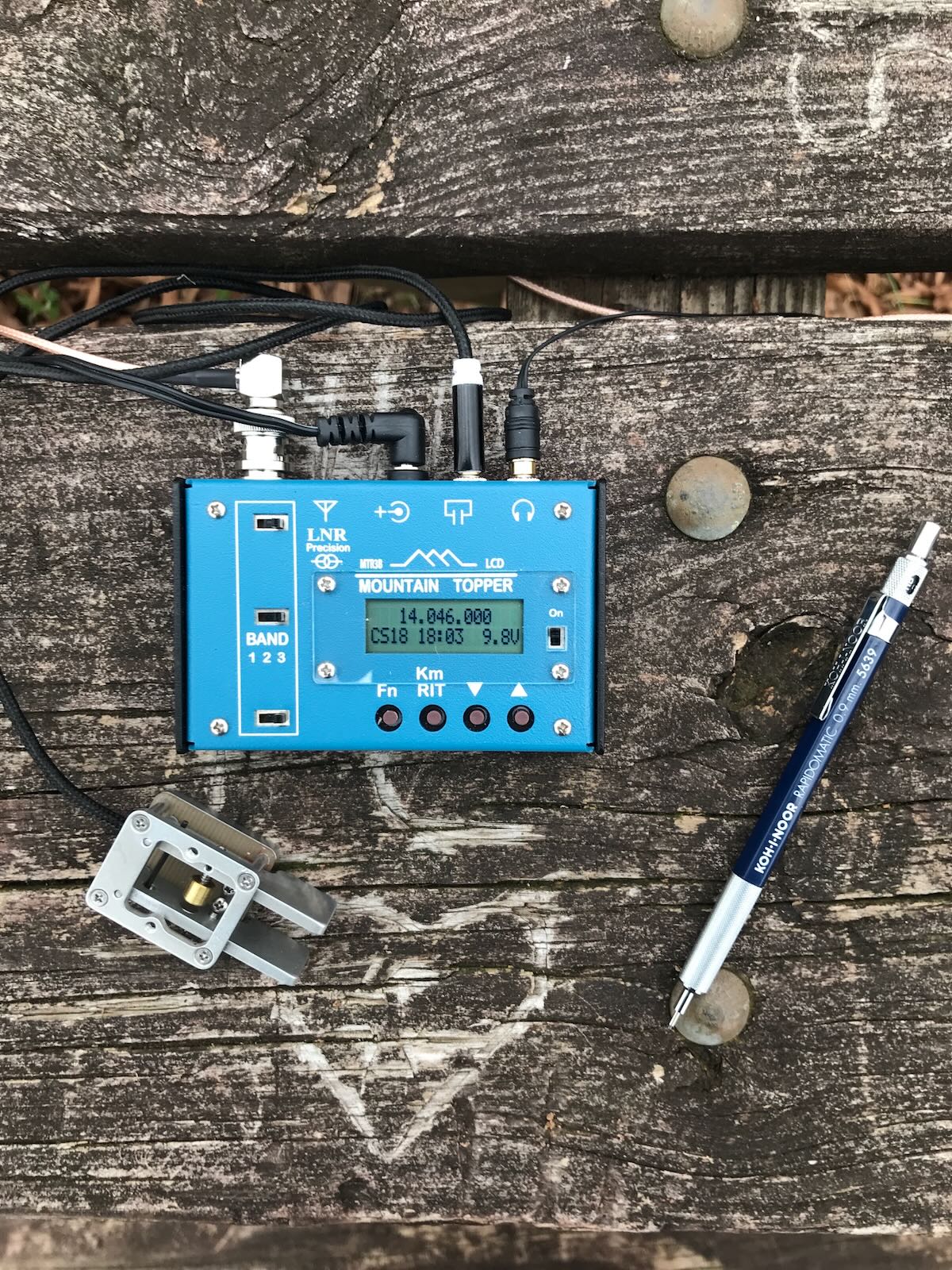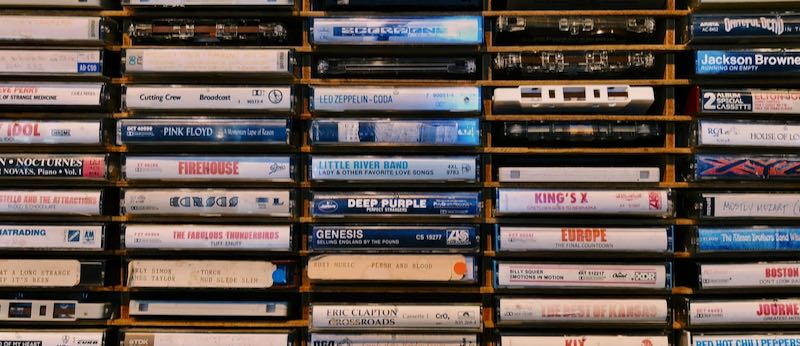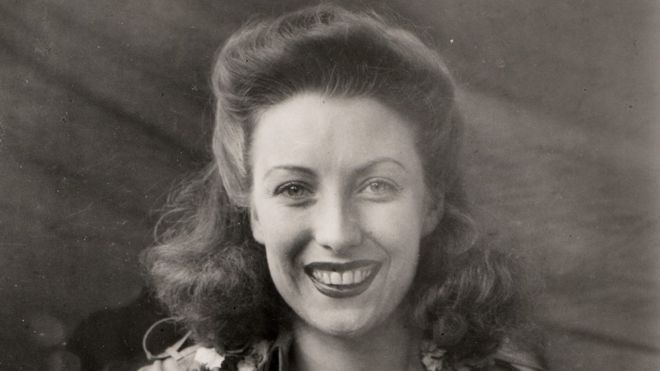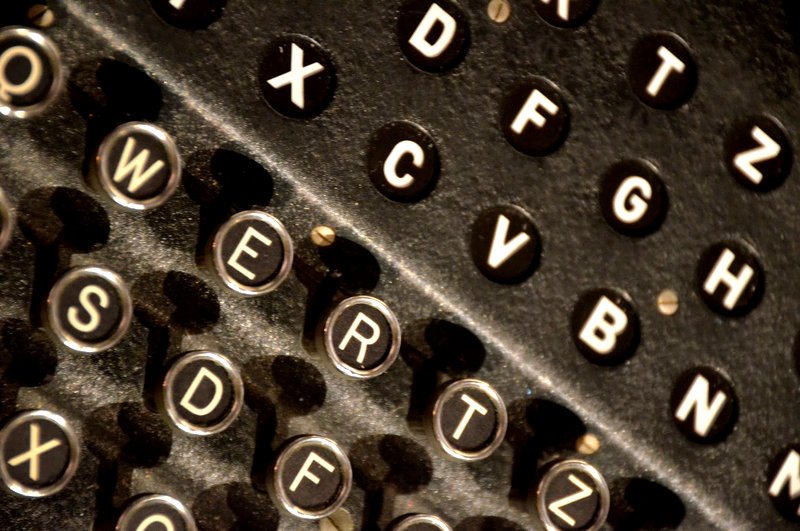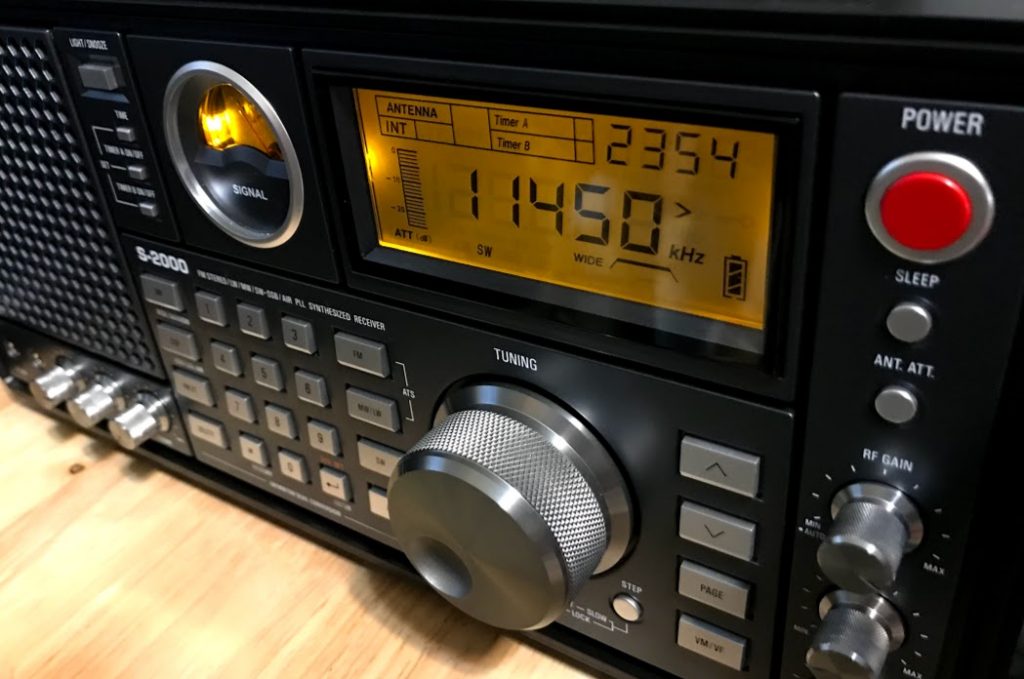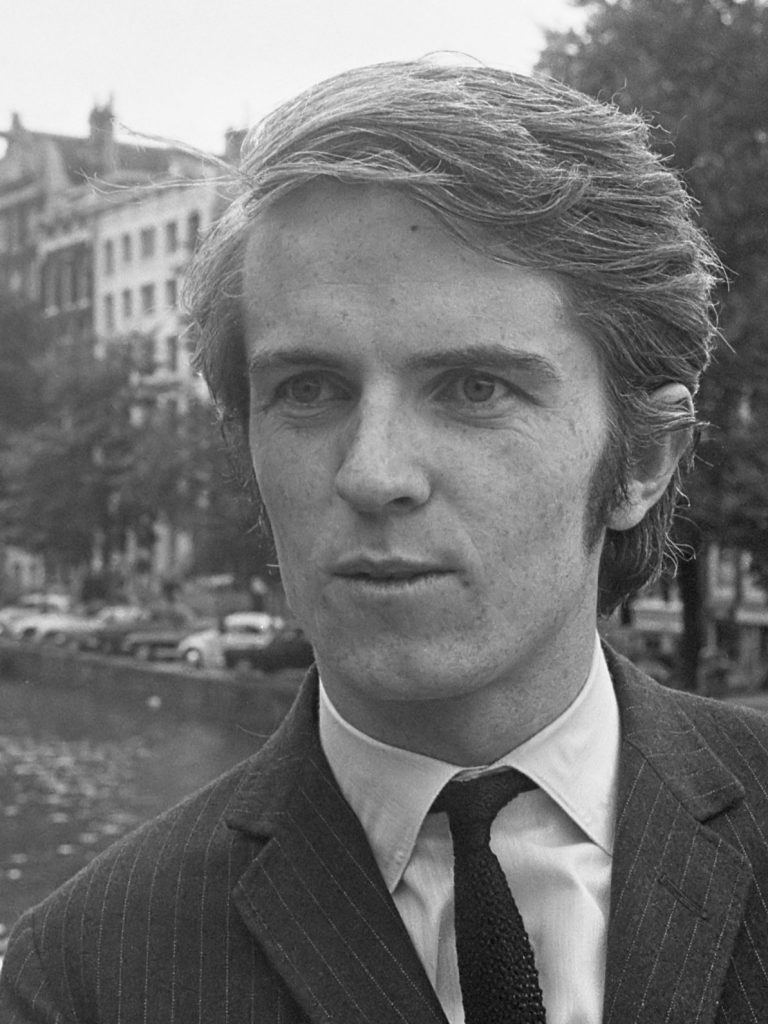Radio Waves: Stories Making Waves in the World of Radio
Because I keep my ear to the waves, as well as receive many tips from others who do the same, I find myself privy to radio-related stories that might interest SWLing Post readers. To that end: Welcome to the SWLing Post’s Radio Waves, a collection of links to interesting stories making waves in the world of radio. Enjoy!
German anger as Russia shuts international broadcaster Deutsche Welle (BBC News)
Germany and the EU have condemned Russia’s decision to shut down the Moscow bureau of international public broadcaster Deutsche Welle (DW).
All DW’s staff have lost their press accreditations and the channel is barred from broadcasting in Russia.
Germany’s culture minister said the move was “not acceptable in any way”.
Russia argued it was retaliating after German regulators decided a new Russian state-run TV channel, RT DE, did not have a suitable licence to operate.
Russian Foreign Ministry spokeswoman Maria Zakharova appeared to offer an olive branch to the German government on Friday, saying that if Germany moved to “normalise the situation”, then Russia would too.
RT has channels in English, French and Spanish and launched its German-language satellite channel in December 2021, using a licence from Serbia, outside the European Union. [Continue reading…]
Exhibit showcases history of radio station WGY (WAMC)
The City of Schenectady, home of General Electric, was once a nursery for broadcasting. One of the nation’s first commercial radio stations began broadcasting 100 years ago. A new exhibit at the Museum of Innovation and Science is celebrating the history of WGY.
WGY was created by GE in 1922 and still operates today under different ownership as a news/talk station. The station’s history is currently on display at miSci in a photo exhibit called WGY: Radio’s Laboratory Celebrates Its Centennial.
Chris Hunter, the museum’s Vice President of Collections and Exhibitions, took me on a tour of the exhibit located in a new gallery inside the museum.
“So, it was about 10th commercial station licensed in 1922. And because it was formed by GE’s publicity department, and not so much the engineers that formed a lot of the other early radio stations, they really placed a premium on entertainment and, kind of, the development of broadcasting.” [Continue reading…]
W2AN/1BCG On-The-Air Again for two-Way QSO’s (AWA)
After a successful AWA on-air sending of the historic 1921 Trans-Atlantic message in December of last year, using the AWA replica of the 1921 transmitter, plans are now in place to do it again only this time to offer two-way QSO’s with all stations wishing to participate.
The QSO party begins on Saturday evening, February 26, at 6:00 p.m. EST, or 23:00 GMT. AWA operators at the museum site in Bloomfield, NY will begin calling CQ on 1.821 MHz, CW, and will listen on or about that frequency for callers. We will work as many folks as we hear in order received and continue to do so until all amateur stations on the planet are in the log or propagation goes away, which ever happens first!
No QSL’s are required for you to receive a nice full sized color certificate confirming your QSO with W2AN/1BCG. Simply send your QSO information via email to [email protected] and the personalized certificate will be sent to the sending email address.
Inside the Summit-Obsessed World of Ham Radio (Outside Magazine)
n a gray Friday afternoon last spring, Steve Galchutt sat high atop Chief Mountain, an 11,700-foot peak along Colorado’s Front Range. An epic panorama of pristine alpine landscape stretched in almost every direction, with Pikes Peak standing off to the south and Mount Evan towering just to the west.
It was an arresting view, and the perfect backdrop for a summit selfie. But instead of reaching for his smartphone, Galchutt was absorbed by another device: a portable transceiver. Sitting on a small patch of rock and snow, his head bent down and cocked to one side, he listened as it sent out a steady stream of staticky beeps: dah-dah-di-dah dah di-di-di-dit. “This is Scotty in Philadelphia,” Galchutt said, translating the Morse code. Then, tapping at two silver paddles attached to the side of the radio, he sent his own message, first with some details about his location, then his call sign, WG0AT.
At this point, a prying hiker could have been forgiven for wondering what, exactly, Galchutt was doing. But his answer—an enthusiastic “amateur radio, of course!”—would likely only have further compounded their confusion. After all, the popular image of an amateur-radio enthusiast is an aging, armchair-bound recluse, not some crampon-clad adventurer. And their natural habitat is usually a basement, or “ham shack,” not a windswept peak in the middle of the Rockies. [Continue reading…]
Do you enjoy the SWLing Post?
Please consider supporting us via Patreon or our Coffee Fund!
Your support makes articles like this one possible. Thank you!

